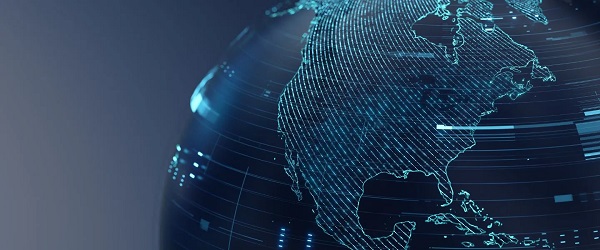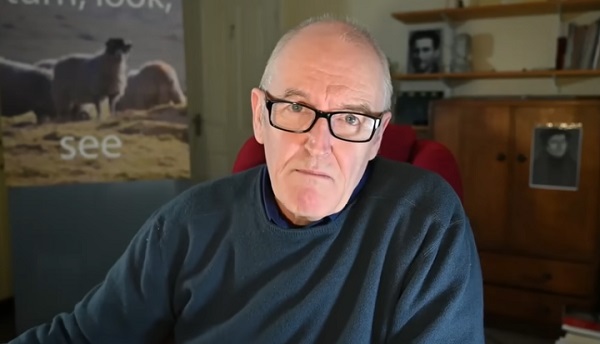Business
Trudeau’s Gone So Why Does Everything Still Feel Broken?

From the Frontier Centre for Public Policy
By Lee Harding
Lee Harding skewers Ottawa’s déjà vu politics: Trump is tariffing Canada into submission again, Carney’s Liberals are flailing, and Poilievre’s back—like none of early 2025’s drama ever happened.
The Liberals swapped leaders, but not direction, and the country is paying for it
New year, new prime minister—same failures. Mark Carney’s Ottawa looks just as weak and directionless as it did under Justin Trudeau, and Canadians are paying the price.
Despite the drama of 2025—Trudeau’s resignation, Carney’s rise to Liberal leader, an election fought on promises of competence, and Pierre Poilievre’s shock defeat—Canada has ended up right back where it started.
Poilievre is already headed back to the House after a resounding byelection win in Battle River–Crowfoot on Aug. 18, pulling nearly 80 per cent of the vote. But what’s changed? Carney’s shine has already worn off, and fewer Canadians than ever believe he can handle the country’s domestic or international challenges. Less than four months into office, the renewed Liberal government has left Canada weaker abroad and poorer at home.
The Carney honeymoon ended fast. Days after his victory, he posed alongside U.S. President Donald Trump, mimicking Trump’s signature “thumbs up.” Trump took credit for Carney’s win and revived his “51st state” rhetoric. Carney’s team scrambled to downplay the moment, but the damage was done. This was the man who promised to stand up to Trump, not stand beside him.
Worse, Canadians soon learned that Carney had quietly removed most tariffs on American goods during the campaign, a politically clever move that stripped Canada of any leverage. As a result, Trump’s administration steamrolled Ottawa with 50 per cent tariffs on Canadian steel, aluminum and copper, and 35 per cent on goods not covered by CUSMA.
While Canada floundered, global competitors moved in. The U.K., European Union, Japan, South Korea, Vietnam and the Philippines all inked new trade deals with Washington. Once seen as a preferred partner, Canada is now on the outside looking in.
Diplomatic humiliation followed. On the very day Poilievre won his byelection, Trump convened NATO allies to discuss a peace framework for Ukraine and Russia—Canada wasn’t invited. Once proud of our role as an honest broker and middle-power influencer, we’re now irrelevant.
Carney’s much-hyped economic expertise has also fallen flat. He appeared willing to govern without a federal budget—an act of arrogance or incompetence, take your pick. After backlash, he promised a fall budget, but there’s still no credible plan to rein in deficits or restore confidence. Even Air Canada workers ignored his calls to return to work.
A long-overdue defence spending pledge of $8 billion has been mostly swallowed by decarbonization programs, doing little for national security. Meanwhile, the government’s environmental agenda continues to punish the economy. Slashing the consumer carbon tax to zero was a headline grabber, but industrial carbon taxes and regulatory burdens continue to rise, choking off investment, productivity and competitiveness.
Western alienation is deepening. The Carney government’s shortcut for approving energy projects, fast-tracking anything “in the national interest,” politicizes resource development and creates uncertainty. Carney has even hinted that Indigenous groups may gain veto power, further muddying the investment landscape.
The economy is stagnant. Canada’s international stature is diminished. The West remains ignored. For many Canadians, Carney looks like nothing more than Trudeau 2.0.
Incredibly, we’re right back where we were when the year began. Trump is blocking our exports. The prime minister can’t stop him. And Pierre Poilievre is back in Parliament, sharpening his attacks.
The only real difference? The NDP doesn’t have a leader. But once it does, it will be eager to bring down the government and try to rebuild its own credibility. Political change is coming—but not just yet.
Lee Harding is a research fellow with the Frontier Centre for Public Policy.
Business
US Energy Secretary says price of energy determined by politicians and policies


From the Daily Caller News Foundation
During the latest marathon cabinet meeting on Dec. 2, Energy Secretary Chris Wright made news when he told President Donald Trump that “The biggest determinant of the price of energy is politicians, political leaders, and polices — that’s what drives energy prices.”
He’s right about that, and it is why the back-and-forth struggle over federal energy and climate policy plays such a key role in America’s economy and society. Just 10 months into this second Trump presidency, the administration’s policies are already having a profound impact, both at home and abroad.
While the rapid expansion of AI datacenters over the past year is currently being blamed by many for driving up electric costs, power bills were skyrocketing long before that big tech boom began, driven in large part by the policies of the Obama and Biden administration designed to regulate and subsidize an energy transition into reality. As I’ve pointed out here in the past, driving up the costs of all forms of energy to encourage conservation is a central objective of the climate alarm-driven transition, and that part of the green agenda has been highly effective.
Dear Readers:
As a nonprofit, we are dependent on the generosity of our readers.
Please consider making a small donation of any amount here.
Thank you!
President Trump, Wright, and other key appointees like Interior Secretary Doug Burgum and EPA Administrator Lee Zeldin have moved aggressively throughout 2025 to repeal much of that onerous regulatory agenda. The GOP congressional majorities succeeded in phasing out Biden’s costly green energy subsidies as part of the One Big Beautiful Bill Act, which Trump signed into law on July 4. As the federal regulatory structure eases and subsidy costs diminish, it is reasonable to expect a gradual easing of electricity and other energy prices.
This year’s fading out of public fear over climate change and its attendant fright narrative spells bad news for the climate alarm movement. The resulting cracks in the green facade have manifested rapidly in recent weeks.
Climate-focused conflict groups that rely on public fears to drive donations have fallen on hard times. According to a report in the New York Times, the Sierra Club has lost 60 percent of the membership it reported in 2019 and the group’s management team has fallen into infighting over elements of the group’s agenda. Greenpeace is struggling just to stay afloat after losing a huge court judgment for defaming pipeline company Energy Transfer during its efforts to stop the building of the Dakota Access Pipeline.
350.org, an advocacy group founded by Bill McKibben, shut down its U.S. operations in November amid funding woes that had forced planned 25 percent budget cuts for 2025 and 2026. Employees at EDF voted to form their own union after the group went through several rounds of budget cuts and layoffs in recent months.
The fading of climate fears in turn caused the ESG management and investing fad to also fall out of favor, leading to a flood of companies backtracking on green investments and climate commitments. The Net Zero Banking Alliance disbanded after most of America’s big banks – Goldman Sachs, J.P. Morgan Chase, Citigroup, Wells Fargo and others – chose to drop out of its membership.
The EV industry is also struggling. As the Trump White House moves to repeal Biden-era auto mileage requirements, Ford Motor Company is preparing to shut down production of its vaunted F-150 Lightning electric pickup, and Stellantis cancelled plans to roll out a full-size EV truck of its own. Overall EV sales in the U.S. collapsed in October and November following the repeal of the $7,500 per car IRA subsidy effective Sept 30.
The administration’s policy actions have already ended any new leasing for costly and unneeded offshore wind projects in federal waters and have forced the suspension or abandonment of several projects that were already moving ahead. Capital has continued to flow into the solar industry, but even that industry’s ability to expand seems likely to fade once the federal subsidies are fully repealed at the end of 2027.
Truly, public policy matters where energy is concerned. It drives corporate strategies, capital investments, resource development and movement, and ultimately influences the cost of energy in all its forms and products. The speed at which Trump and his key appointees have driven this principle home since Jan. 20 has been truly stunning.
David Blackmon is an energy writer and consultant based in Texas. He spent 40 years in the oil and gas business, where he specialized in public policy and communications.
Business
Oil tanker traffic surges but spills stay at zero after Trans Mountain Expansion
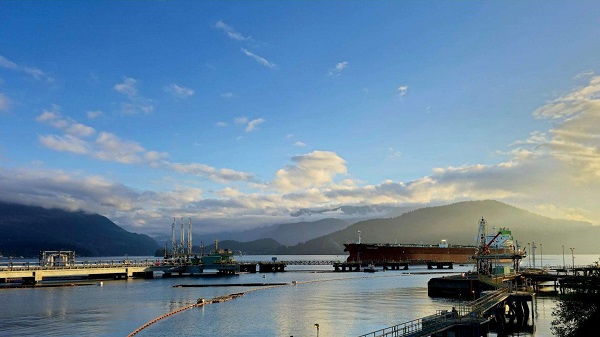
From the Canadian Energy Centre
Bigger project maintains decades-long marine safety record
The Trans Mountain system continues its decades-long record of zero marine spills, even as oil tanker traffic has surged more than 800 per cent since the pipeline’s expansion in May 2024.
The number of tankers calling at Trans Mountain’s Westridge Marine Terminal in the Port of Vancouver in one month now rivals the number that used to go through in one year.
A global trend toward safer tanker operations
Trans Mountain’s safe operations are part of a worldwide trend. Global oil tanker traffic is up, yet spills are down, according to the International Tanker Owners Pollution Federation, a London, UK-based nonprofit that provides data and response support.
Transport Canada reports a 95 per cent drop in ship-source oil spills and spill volumes since the 1970s, driven by stronger ship design, improved response and better regulations.
“Tankers are now designed much more safely. They are double-hulled and compartmentalized to mitigate spills,” said Mike Lowry, spokesperson for the Western Canada Marine Response Corporation (WCMRC).
WCMRC: Ready to protect the West Coast

One of WCMRC’s new response vessels arrives in Barkley Sound. Photo courtesy Western Canada Marine Response Corporation
From eight marine bases including Vancouver and Prince Rupert, WCMRC stands at the ready to protect all 27,000 kilometres of Canada’s western coastline.
Lowry sees the corporation as similar to firefighters — training to respond to an event they hope they never have to see.
In September, it conducted a large-scale training exercise for a worst-case spill scenario. This included the KJ Gardner — Canada’s largest spill response vessel and a part of WCMRC’s fleet since 2024.
“It’s part of the work we do to make sure everybody is trained and prepared to use our assets just in case,” Lowry said.
Expanding capacity for Trans Mountain

The K.J. Gardner is the largest-ever spill response vessel in Canada. Photo courtesy Western Canada Marine Response Corporation
WCMRC’s fleet and capabilities were doubled with a $170-million expansion to support the Trans Mountain project.
Between 2012 and 2024, the company grew from 13 people and $12 million in assets to more than 200 people and $213 million in assets.
“About 80 per cent of our employees are mariners who work as deckhands, captains and marine engineers on our vessels,” Lowry said.
“Most of the incidents we respond to are small marine diesel spills — the last one was a fuel leak from a forest logging vessel near Nanaimo — so we have deployed our fleet in other ways.”
Tanker safety starts with strong rules and local expertise

Tanker loading at the Westridge Marine Terminal in the Port of Vancouver. Photo courtesy Trans Mountain Corporation
Speaking on the ARC Energy Ideas podcast, Trans Mountain CEO Mark Maki said tanker safety starts with strong regulations, including the use of local pilots to guide vessels into the harbour.
“On the Mississippi River, you have Mississippi River pilots because they know how the river behaves. Same thing would apply here in Vancouver Harbour. Tides are strong, so people who are familiar with the harbor and have years and decades of experience are making sure the ships go in and out safely,” Maki said.
“A high standard is applied to any ship that calls, and our facility has to meet very strict requirements. And we have rejected ships, just said, ‘Nope, that one doesn’t fit the bill.’ A ship calling on our facilities is very, very carefully looked at.”
Working with communities to protect sensitive areas
Beyond escorting ships and preparing for spills, WCMRC partners with coastal communities to map sensitive areas that need rapid protection including salmon streams, clam beds and culturally important sites like burial grounds.
“We want to empower communities and nations to be more prepared and involved,” Lowry said.
“They can help us identify and protect the areas that they value or view as sensitive by working with our mapping people to identify those areas in advance. If we know where those are ahead of time, we can develop a protection strategy for them.”
-
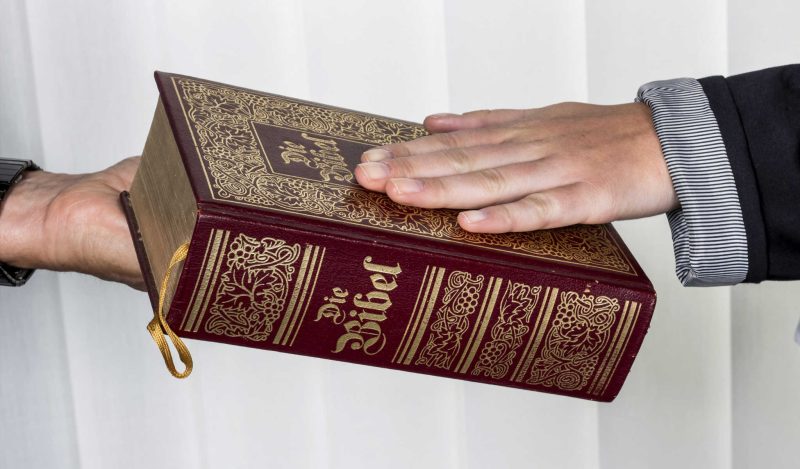
 Censorship Industrial Complex1 day ago
Censorship Industrial Complex1 day agoCanadian bishops condemn Liberal ‘hate speech’ proposal that could criminalize quoting Scripture
-
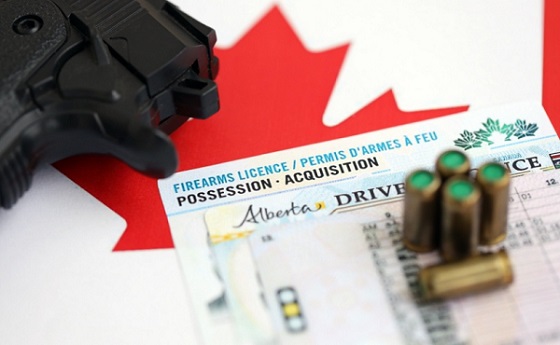
 National2 days ago
National2 days agoAlberta will use provincial laws to stop Canadian gov’t from trying to confiscate legal firearms
-

 COVID-192 days ago
COVID-192 days agoCanadian legislator introduces bill to establish ‘Freedom Convoy Recognition Day’ as a holiday
-
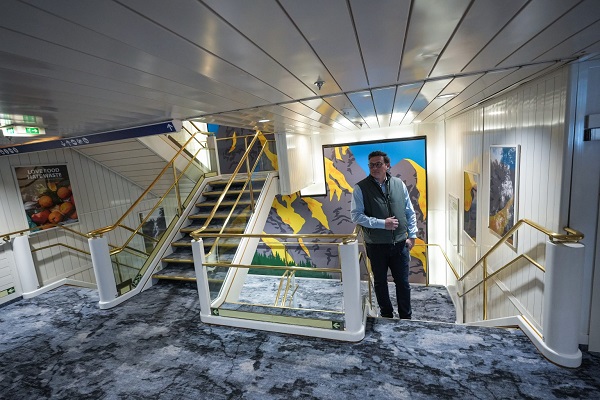
 Energy2 days ago
Energy2 days agoA look inside the ‘floatel’ housing B.C.’s LNG workforce
-
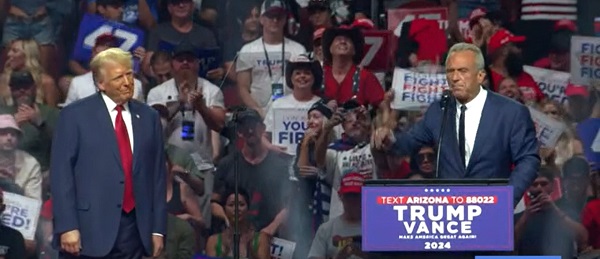
 Daily Caller19 hours ago
Daily Caller19 hours agoTrump Orders Review Of Why U.S. Childhood Vaccination Schedule Has More Shots Than Peer Countries
-

 Business2 days ago
Business2 days agoUS Energy Secretary says price of energy determined by politicians and policies
-

 Alberta11 hours ago
Alberta11 hours agoA Memorandum of Understanding that no Canadian can understand
-

 Economy1 day ago
Economy1 day agoWhat the Data Shows About the New Canada-Alberta Pipeline Opportunity





